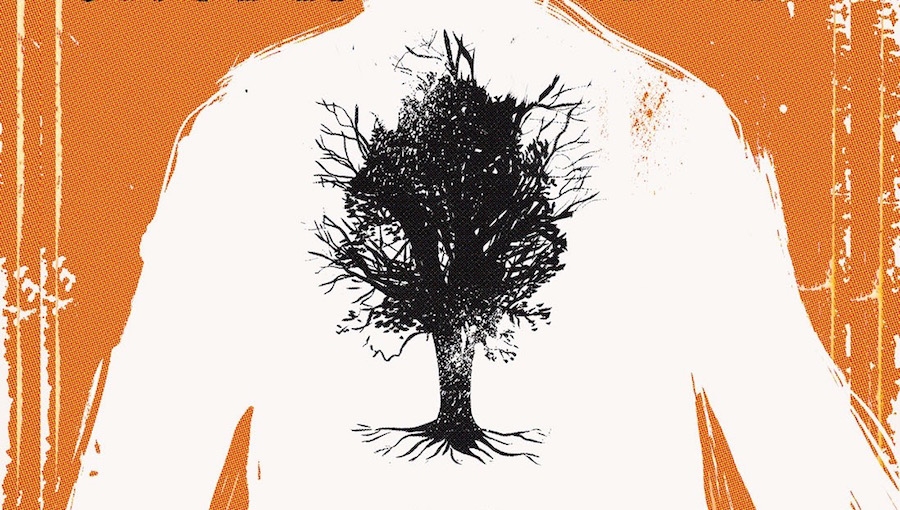I really got into comics, in earnest, back in 2011. It was DC’s launch of the New 52 that gave me the “in” I’d been looking for. Sure, I’d read graphic novels and trade paperbacks for years, but I was always catching up, always years behind; I wanted to be current. I wanted to be able to experience tension of waiting with the rest of a readership to discover what shadowy force was behind Batman’s latest case. I sampled a lot of DC’s titles during this launch, especially some of the weirder ones that no one can remember having happened, and I learned a few things: One, I like some of the dark corners of the DC Universe I’d previously written off as relics of the 1970s and 1980s, and two, that I wanted to read more of Scott Snyder (who was writing Batman and Swamp Thing) and Jeff Lemire (writing Animal Man and Frankenstein: Agent of S.H.A.D.E.). Discovering the work of up-and-coming creators was a big part of why I’d wanted to get current on comics in the first place, and I always made it a point to follow what they were doing through that period at DC and into their own, creator-owned work elsewhere.
But this isn’t about DC. This is about A.D.: After Death, a book which, for someone like me still riding the wave of those creators I first read years ago, sounds too good to be true. Scott Snyder and Jeff Lemire, working together, on the same project. Ostensibly, Snyder is credited with writing while Lemire provides the art, though both creators are highly visible in the storytelling at play here. Snyder brings his obsessively encyclopedic anecdotes about science, history, and human motivation, familiar to readers of his output from American Vampire to Batman to The Wake, while Lemire provides his indelible stamp of eerie, incisive desolation, so present in Sweet Tooth or The Underwater Welder or Trillium. Yet A.D.: After Death feels like a whole, not a mélange of its creators’ particular talents.
You may wonder, at this point, why I’ve gotten this far without really saying much about A.D.: After Death itself. I feel like it’s hard to say much without spoiling some of the book’s many surprises. The back cover blurb gives you a tantalizing glimpse at what lies within: Humanity has found the cure for death, but something, somewhere, isn’t right. It’s like a Twilight Zone episode, meticulously studied; Snyder’s prose (for a significant portion of the book is written in prose, given illustration by Lemire’s lines and watercolor) provides many details to unpack, but when the book does shift to a more familiar comic form, it moves quickly, but not without dread. The story is as dark as any that grapple with the concept and meaning of death – even in a world without it – but the moments that stick with me are smaller: sweet, melancholy, funny. A.D.: After Death is dense, but it’s the kind of dense that leaves you feeling rewarded for your efforts.
It’s not flawless. Some moments don’t land; some surprises are a little less than surprising. But it’s very good. This book lies at the intersection of the popular and the innovative: Snyder and Lemire ask questions of the structure of the form just as they ask questions of how we value our time alive. It’s challenging without being crippling, and sobering without being morbid. And I can’t quite get it out of my head.

